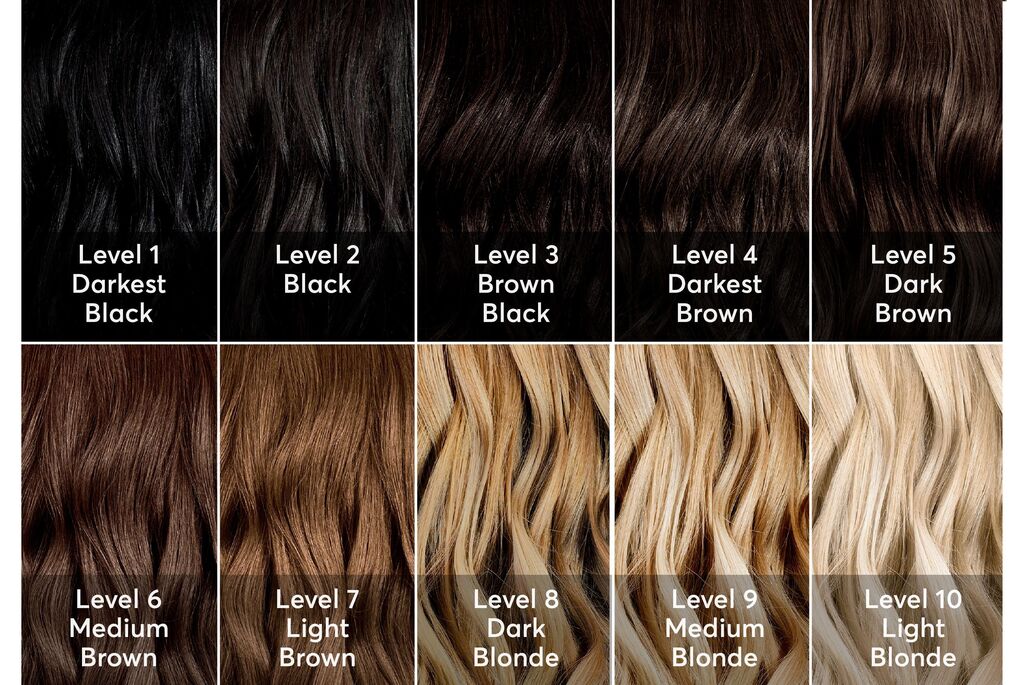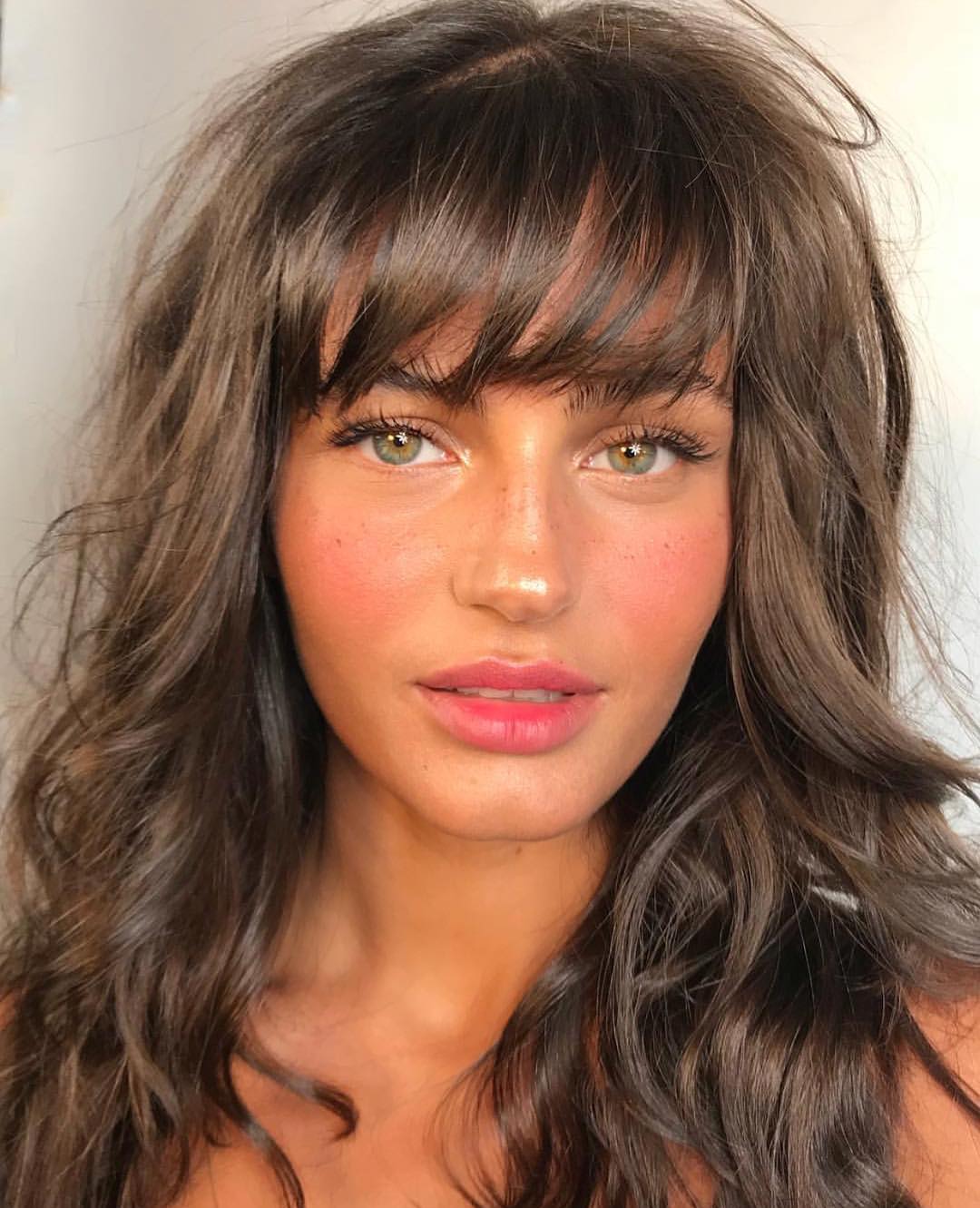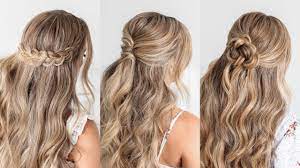
hair experts advise against going more than two levels lighter or darker, so understanding this chart will help you select your ideal shade.
Levels
Hair color levels are used by stylists and cosmetologists as an easy way to communicate how light or dark natural hair color is, from jet black (1b) to the most golden blonde (0e). There are various shades of brown and blonde in between as well.
Beyond the range of black to platinum blonde, an assortment of deep browns and reddish hues like mahogany or burgundy should also be considered when styling blonde locks. Even the lightest blonde shades often have warm undertones, which should be neutralized using anti-brass products or cool shades.
Hair experts typically do not advise going beyond two levels lighter or darker in one sitting if your natural shade is a virgin (uncolored). An excellent way to ascertain where you currently are in terms of hue is taking a photo and converting it to black and white to see how dark or light your natural coloring is, helping determine which tones and shades work best for you.
Tones
Tones are the pigments underlying each shade that help determine its warmth or coolness, creating subtle differences in your hair color that you might not receive from box dyeing. On a hair-level chart, tones are represented with letters; depths with numbers. A shade may contain one, two, or even three tones, with the primary one always indicated first on its decimal point numbering system.
Garnier Olia’s Dark Garnet Red shade is considered level 6 in their hair level color chart. It contains two tones – the first being gold and the second coppery – which provide its golden copper finish. Products with one technique are light; those with three are medium intensity. Understanding hair level color charts’ tonality charts can significantly impact how your hair looks after applying such products.
Reflections
hair color consists of pigments reflecting different amounts of light; every shade has a combination. Stylists use level charts to select an ideal dye formula that complements their client’s base hue; this ensures natural results with minimum damage to their locks.
Hair color charts are divided into two distinct categories, levels, and tones. Each type has its meaning and purpose – for instance, a red tone may be warm or cool depending on its context; when using cool-toned dye, violet or green-based toner may need to be added after toning to neutralize its warmth.
Understanding a hair color chart’s levels and tones is paramount, so experts advise staying within two levels lighter or darker when coloring hair to achieve natural-looking results with minimum damage to your tresses.
Shades
Hair color charts may appear daunting initially, with all their numbers and letters to interpret. But there are ways you can simplify the system for both yourself and your clients to make it less intimidating.
Hair level charts (or shade cards) feature numbers one through ten that denote a shade level from 1-10. Darker hues start at levels 1-6, while lighter ones begin around levels 6 or 7.
Once you know your shade level, the second number on a hair color chart indicates its tone or reflection. This information allows your hairdresser to neutralize it and prevent too warm or cool tones in the client’s hair color from emerging.
Gold, copper, and red tones bring warmth, while violet, green, and blue hues create contrast and reduce temperature. Your hairdresser may choose either warm or cool tones depending on your client’s starting shade and desired result – selecting the appropriate style can result in natural-looking results with minimal damage to hair follicles.

